Copyright 2016 by The Memoir Roundtable
All rights reserved. No part of this book may be reproduced in any manner without the express written consent of the publisher, except in the case of brief excerpts in critical reviews or articles. All inquiries should be addressed to Skyhorse Publishing, 307 West 36th Street, 11th Floor, New York, NY 10018.
Skyhorse Publishing books may be purchased in bulk at special discounts for sales promotion, corporate gifts, fund-raising, or educational purposes. Special editions can also be created to specifications. For details, contact the Special Sales Department, Skyhorse Publishing, 307 West 36th Street, 11th Floor, New York, NY 10018 or .
Skyhorse and Skyhorse Publishing are registered trademarks of Skyhorse Publishing, Inc., a Delaware corporation.
Visit our website at www.skyhorsepublishing.com.
10 9 8 7 6 5 4 3 2 1
Library of Congress Cataloging-in-Publication Data is available on file.
Cover design by Jane Sheppard
Cover photo credit: iStockphoto
Print ISBN: 978-1-5107-0751-1
Ebook ISBN: 978-1-5107-0752-8
Printed in China
CONTENTS
MEET THE AUTHORS

Back row, l-r: Natasha Peterson, Linda Pool, Joanne Lozar Glenn; front row, l-r: Nadine James, Katherine Nutt, Dianne Hennessy King
The Memoir Roundtable is a group of six writers, crafters, and workshop leaders: nationally known quilter and American Folk Art Museum award winner Linda Pool; public TV producer, cookbook editor, and cultural anthropologist Dianne Hennessy King; award-winning writer and memoir workshop leader Joanne Lozar Glenn; childrens literacy expert and speaker Nadine James; memoir teacher, educational game inventor, and scrapper Katherine Nutt; and award-winning content producer, author, and graphic novel creator Natasha Peterson. The authors reside in Virginia.
Chapter 1
MEMOIR YOUR WAY
A memoir can take many forms. After all, it is your story, your way.
I f you are ready to create a memoir, but not so sure how to get started, then Memoir Your Way is meant for you. We say scrap it, quilt it, write it, or cook it up so the family can have a tangible piece of their heritage. After all, it is your story, your way. And there are many ways to tell your story.
Crafting a memoirwhether a cookbook of family recipes, a scrapbook, a memory quilt, a slice of life told in a series of drawings or collages, or a homemade video interview with a family eldercan be surprisingly satisfying. By bringing our memories into the world in a concrete form, we can step back and see our experiences in a different, and often healing, light. The last word, the last stitch, the last drop of glue can open the door to a whole new way of seeing and even being.
Beyond the surprise and satisfaction, though, is the larger valueyour contribution to the family legacy. By telling your story, you bring to life the parents and grandparents, aunts and uncles, siblings and cousins that future little ones will never know. Were all in this joyful, fascinating, sometimes scary adventure of being a witness to our lives and the lives of our families. If we dont remember their stories, who will? If we dont tell their stories, how will they live in history? When we turn our memories into memoir, we build the bridge between the past and the future.
Turning Memories into Memoir
Many people want to preserve family memories but dont think they have the time or the energy for such a daunting task. Breathe easy! Creating a memoir can be easier than you think.
Heres why: A memoir does not have to include everything about a life. In fact, it shouldnt. There is no A (for autobiography) in m-e-m-o-i-r! (Neither is there a B for biography!) You can let go of the idea that your memoir must include every life event that youor the person or family youre memorializingexperienced.

Turn memories into memoir. Were all in this joyful, fascinating, sometimes scary adventure of being a witness to our lives and the lives of our families. When we turn our memories into memoir, we build the bridge between the past and the future.
So if memoirs are not autobiography or biography, what exactly are they? In other words, what makes a memory, or a group of memories, a memoir?
Heres a sketch that answers part of that question.

Memoir is a slice of life. A memoir is always two storiesthe story of what happened, and the meaning we make of it.
Okay, lets debrief.
First, memoir is a slice of life. Any of us can write more than one memoir, because we have multi-dimensional lives. You could create a memoir about your life as a parent, or a memoir that represents your career, or a memoir about your divorce.
Secondly, that slice of life has a theme that links individual stories together. You can think of a theme as a focusing idea or a thread that runs through the tapestry of your life. Here are a few examples:
A talented cook decides to assemble a cookbook of recipes commemorating her mixed culinary heritage (she is both Jewish and Italian). The recipes will be for foods eaten to celebrate Jewish and Italian holidays, and will include brief stories about the relatives who gave her the recipes, including a story about the weathered wooden spoon she inherited from her grandmother. Notice that she does not include a recipe for her famous sweet-potato French fries, because that doesnt fit the theme.
A man dies in an accident. His sister decides to use scraps of his clothing in a quilt that will memorialize his life and be a keepsake for his son.
A Navy officer decides to write a memoir about struggles she faced on her way to becoming one of the first female pilots in that service. The thread is everything that connects to being a female pilot in a male-dominated field, including the frustrations and triumphs.
Finally, because memories involve looking backward, a memoir involves reflection and possibly an insight or life lessonwhat you learned as a result of your experience, the kind of story you might tell at the kitchen table to a friend while the two of you are sipping tea or to one of your children while you are doing chores together. The reflective aspect of memoir lets us make sense of life events and often reveals how we changed or grew in our understanding of ourselves. Often it gives us a deeper understanding of others.
Remember that a memoir is always two storieswhat happened or what is remembered, and what it meant to you or to the person whose story you are telling. The memoir could be as sweeping as escaping a war or as enchantingly small as the day we met.
Starting Where You Are
The advantage of using this book as a guide to creating your memoir is that you can start where you are with what you know, the materials you have at hand, and the approach that appeals to you most.
If you want to write your family stories, for example, youll find help in for ideas on how to get them involved in creating a family memoir by interviewing relatives about slices of their lives.
Sometimes the stories you discover will make you want to know more about your heritage than you have been told. In this case, research might be involved. offers resources you can use to fill in the blanks.

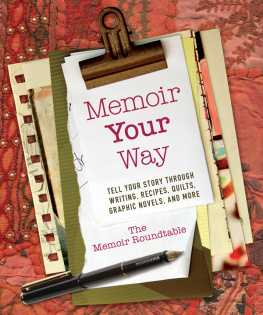
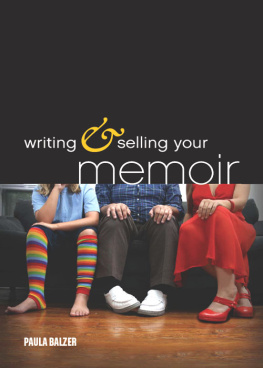
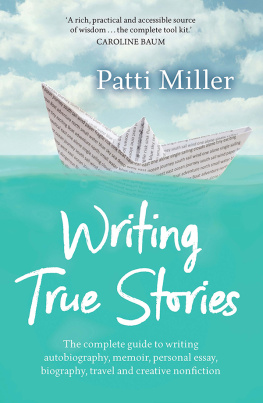

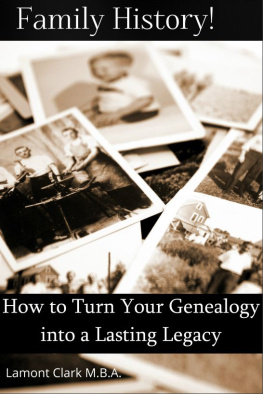
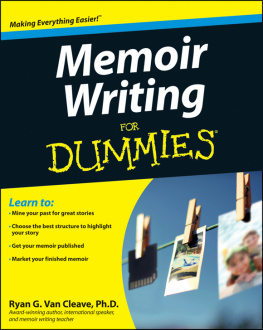
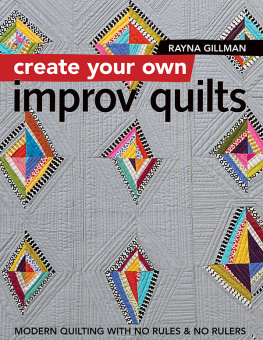


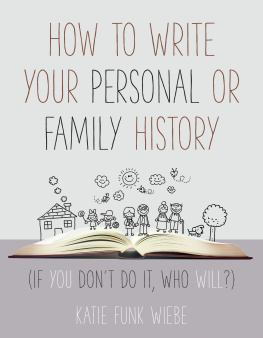
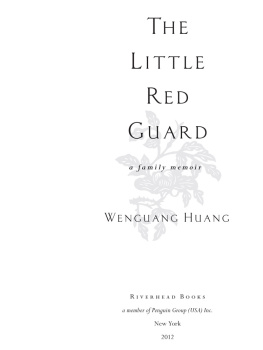
![Yang - The latehomecomer: [a Hmong family memoir]](/uploads/posts/book/165016/thumbs/yang-the-latehomecomer-a-hmong-family-memoir.jpg)




